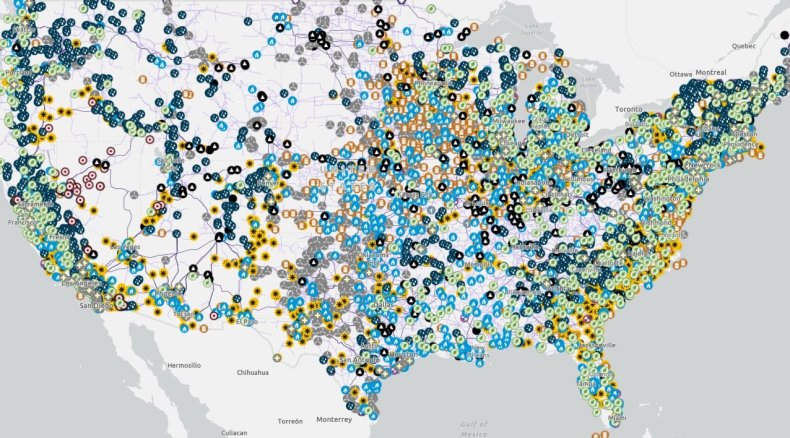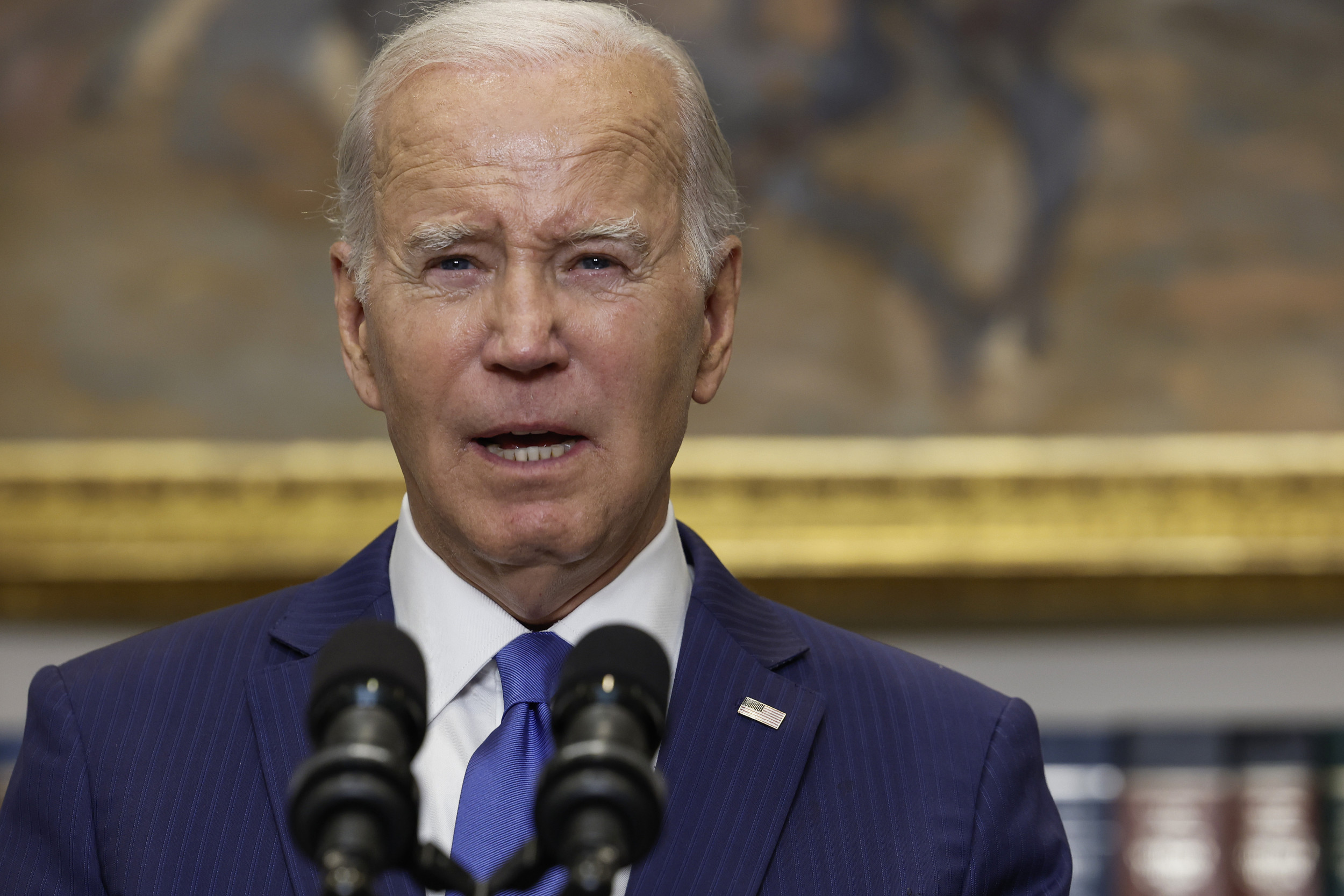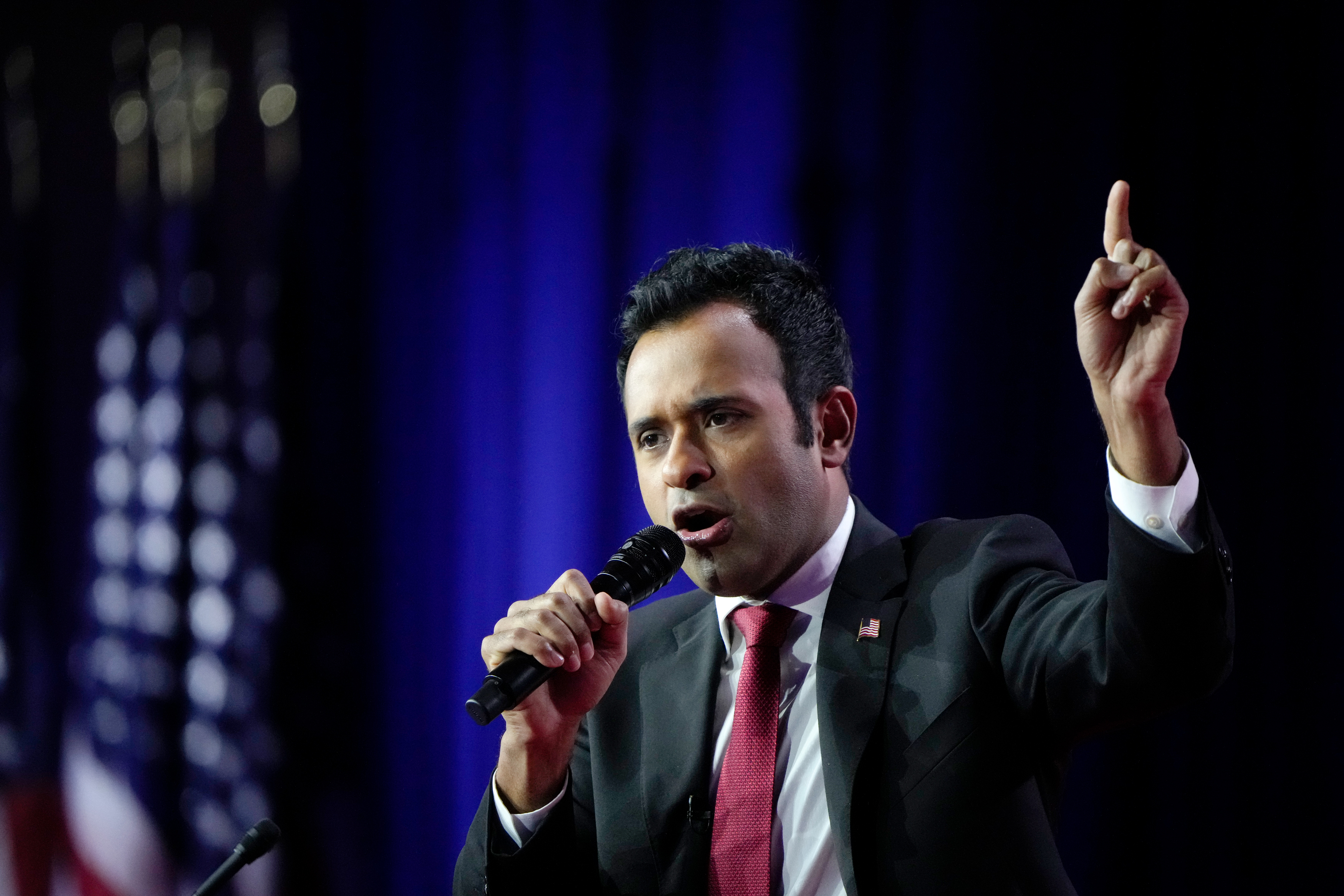As rising fuel costs threaten the political hopes of Democrats in the upcoming midterm elections, an ominous chorus of online chatter among domestic extremists in the dark corners of the Internet advocating attacks on critical infrastructure across the nation may pose an even greater threat to U.S. consumers.
Newsweek has obtained two documents that offer an insight into the scope of the threat, including reports of several actual attacks that have happened in past few months.
The first is a corporate intelligence security memo detailing at least 15 instances over the course of just over a year showing suspected extremists openly threatening and calling for acts of sabotage against energy sites, especially electricity substations, but also including other targets such as cell towers and pipelines.
The material included documents that could serve to help groups and individuals in carrying out such attacks, including maps, manuals and instructions on the vulnerabilities of electricity infrastructure and readily accessible methods to disrupt their operation. Those behind the posts, which were shared across various online platforms and chat rooms, expressed ties to a number of anti-government ideologies, mostly far-right and neo-Nazi beliefs, but also including eco-militancy and at least one user who shared messaging supportive of the Islamic State militant group (ISIS).
A number of these same messages were featured in a second document obtained by Newsweek, an intelligence assessment issued this month by the California State Threat Assessment Center, which cited government intelligence reports prepared by the Department of Homeland Security, among other sources.
This report went beyond simply exposing the desires of those seeking to do harm to also include recent notable incidents of groups or individuals acting out on such fantasies. This included an act of vandalism causing "fairly significant" damage at a transformer servicing the Keystone pipeline in South Dakota and a shooting that caused a chemical spill at a Pacific Gas and Electric (PG&E) site in California, both of which occurred this past July. In March, thousands of customers in southern Oklahoma were reportedly left without power after bullets riddled a transformer site, causing a "major oil leak."
And in February, three men pled guilty to planning to recruit followers to attack electricity substations in a bid to take down the U.S. power grid, cost the government millions of dollars and "possibly spark a race war," the assessment found.
"We assess that Domestic Violent Extremists (DVE) will likely remain a threat to the
electricity subsector through 2023 as DVEs share more detailed information stated as authoritative to convince adherents that they have the requisite knowledge of targets, vulnerabilities, tools, and techniques to succeed," the assessment stated.

The reports offer a glimpse into a murky world of largely anonymous individuals conspiring to undermine the power grid in furtherance of radical beliefs. Even the attacks that do take place, causing outages and damage, often go underreported.
One high-profile exception is a still unresolved 2013 case, in which a seemingly organized group of perpetrators cut fiber optic cables and opened fire against a PG&E substation in Metcalf, California. Since then, there have been numerous shootings targeting energy infrastructure in various parts of the country, including incidents not included in the two reports, which detailed bigger and more destructive plans to plunge the U.S. into darkness.
Brian Harrell, who served as assistant secretary for infrastructure protection at the Department of Homeland Security from December 2018 to November 2020, is among those who have expressed concern over these threats.
"DVEs are looking to make an impact with media attention," Harrell told Newsweek. "Today, we see active targeting and nefarious discussions in all corners of the dark web and chat rooms. Given the criticality of the energy sector, it's no surprise they are a prime target. Thankfully, the sector has made significant investments and improvements to keep bad actors out of critical substations and other sites."
"The utility industry is aware of these threats due to our ongoing relationship with our National Security partners," he said, noting that measures were being taken to shore up defenses.
"While any threat is significant, companies have worked to build redundancy and resilience into the power grid," Harrell said. "Critical services that all Americans depend on should never be used as part of a domestic terrorism plot."
Manny Cancel, senior vice president of the North American Electronic Reliability Corporation (NERC) and CEO of the Electricity Information Sharing and Analysis Center (E-ISAC), said the issue is also on his radar.
Cancel told Newsweek that, while E-ISAC is "currently is not aware of any specific threats to the bulk power system or electrical assets from domestic violent extremists, this is a serious threat and one that we actively monitor."
"Different extremist groups maintain a long-standing interest in disrupting the status quo through the use of vandalism and sabotage," Cancel added, "including promoting physical attacks on critical grid infrastructure, such as transmission towers, transformers, and substations, through online propaganda."
And though such efforts have been occurring for some time, he said "its continued promotion in the current environment is reason for concern," prompting E-ISAC to communicate on the issue with colleagues across the infrastructure sector, as well as law enforcement agencies such as the FBI.
Concerns over potential acts of violence tied to the upcoming midterm elections have increased as Election Day nears, especially after former President Donald Trump's rejection of the 2020 election results was followed by deadly riots that stormed the Capitol Building early last year. Counties have already begun to increase security at voting sites, but such dangers have the potential to manifest in a variety of ways.
Adding to the volatility of the situation, inflation and rising gas prices have proven top issues among voters, making energy sites an attractive target for groups and individuals seeking to cause mayhem at a politically sensitive time for the nation.
While Cancel said "we are not aware of any specific ties" between "energy volatility" and the ongoing stream of threats to energy sites, he pointed out that the election nonetheless served as an opportunity for those seeking to sow chaos.
"Given the current social and political environment the election represents, there is the potential for civil unrest and violence," Cancel said, "which is why the collaboration between government, law enforcement and critical infrastructure sectors remains crucial."
Newsweek has reached out to the California State Threat Assessment Center and the U.S. Department of Homeland Security for comment.








